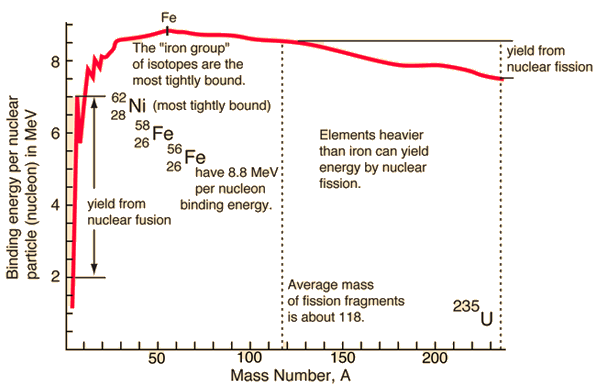Barns are painted in red due to the peculiarities of the physics of stars.

If you traveled to the Scandinavian countries or to the USA, you might have noticed that large barns are mostly painted red. There is even such a question, popular in local intellectual shows - why in red. The answer is simple - because red paint is cheaper than all the others. But why the red pigment turns out to be cheaper?
In economics, what is abundant and what is easier to produce is usually cheaper. One of Google’s employees, Jonathan Zanger , on his blog decided to tell why red paint is cheaper. It turns out, because the physics of dying stars is arranged this way.
Initially, the star is formed from a large amount of hydrogen, which, compressed under the action of gravity, triggers a synthesis reaction. Connecting, the nuclei of atoms form more and more heavy elements, while releasing energy. First, helium is formed from hydrogen.
')
When helium becomes more and more, and less and less hydrogen, the star loses energy and gradually shrinks, because the star from gravitational collapse keeps only the energy of fusion reactions. But during compression, the pressure increases, and because of this, the temperature and at some point the temperature reaches a level when the reaction of the next level is possible. The synthesis of heavier elements begins, in order of the periodic table.
And so this cycle is repeated until the synthesis reaches the element with a mass number of 56 (the total number of protons and neutrons in the nucleus). After this, the synthesis reaction becomes unprofitable, since the energy to create heavier elements exceeds the energy that is released during the synthesis. Therefore, the star at this turn simply collapses.

The small star then cools slowly, turning into a white dwarf. But the big star, rather quickly compressed, creates shock waves, which are reflected from the nucleus and come back, overcome gravity and tear the star apart. A supernova scatters about a third of its mass around itself, and this substance consists of atoms heavier than helium with hydrogen. From these remains are formed as other stars, and solar systems - asteroids and planets.
It turns out that most of the material scattered by a star from which planets are formed and everything else is an element with a mass number of 56. A stable element with such a number of nucleons, namely 26 protons and 30 neutrons, is iron. This is the most common element in the universe, heavier than neon.

That is why the crust contains 6% iron and 30% oxygen (the third most abundant element). Iron gladly combines with oxygen to form iron oxide Fe 2 O 3 - aka hematite, also known as red ocher . It absorbs yellow, green and blue colors, so it looks like orangish-red. Red ocher is found in abundance in the ground, mined, and used as a pigment for making paint.
Therefore, barns are predominantly red.
Source: https://habr.com/ru/post/376513/
All Articles